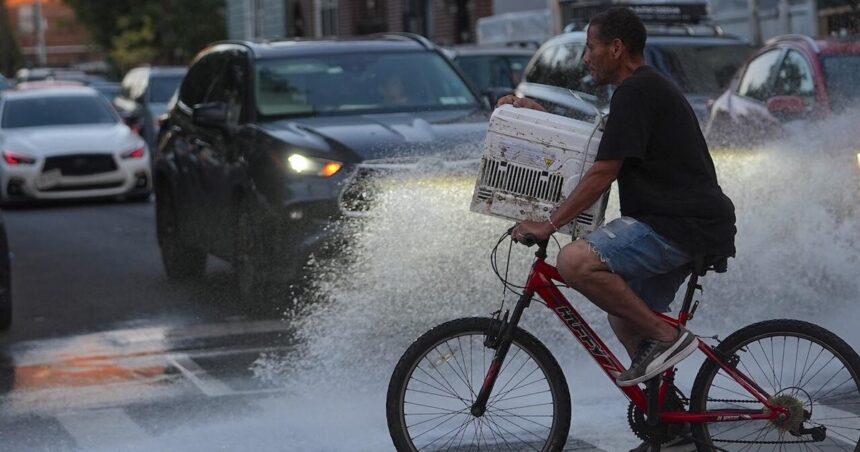The scorching heat waves and bitter cold snaps that have become increasingly common across North America aren’t just uncomfortable—they’re becoming extraordinarily expensive. A groundbreaking study released yesterday reveals that climate change is dramatically driving up energy costs for consumers, with the financial burden falling disproportionately on lower-income households.
“What we’re witnessing is a direct economic consequence of our changing climate,” explains Dr. Eleanor Simmons, lead researcher at the Climate Economics Institute. “As temperatures reach new extremes, households are forced to consume significantly more energy just to maintain livable conditions.”
The comprehensive analysis examined energy consumption patterns across 200 metropolitan areas over the past decade, finding that climate-related factors have increased average household energy bills by 23% when adjusted for inflation. In regions experiencing the most severe climate shifts, such as the American Southwest and parts of southern Canada, that increase jumps to nearly 40%.
For Toronto residents like Marcus Delaney, a father of three, the impact is already being felt. “Ten years ago, my summer cooling bills were manageable. Now they’re devastating. Between the air conditioning in summer and heating in these increasingly erratic winters, we’re constantly choosing between comfort and affordability.”
The financial strain is particularly acute for vulnerable populations. The study indicates that households in the lowest income quartile now spend approximately 17% of their monthly income on energy costs—more than triple what higher-income households typically allocate proportionally.
Energy infrastructure is also buckling under the pressure. Grid failures during extreme weather events have become increasingly common, forcing expensive upgrades that utilities ultimately pass on to consumers. Toronto Hydro estimates that climate resilience measures will add approximately $175 million to infrastructure costs over the next five years.
Policy experts are calling for targeted intervention. “We need dual-track solutions,” states Amara Wilson, senior policy advisor at the Canadian Energy Commission. “Immediate relief for vulnerable consumers combined with accelerated transition to renewable energy sources that are both cleaner and more price-stable over time.”
Several promising initiatives are emerging. In Ontario, the Climate Resilient Homes program offers subsidized energy-efficient upgrades to qualifying homeowners, while Manitoba has introduced graduated energy pricing that shields essential usage from price spikes during extreme weather events.
Industry analysts note that renewable energy sources offer a potential long-term solution to both environmental and economic challenges. “Solar and wind generation costs have fallen by over 70% in the past decade,” notes energy economist Patrick Leung. “The initial investment hurdle remains, but households with access to renewable options are increasingly insulated from climate-driven cost volatility.”
As communities prepare for what meteorologists predict will be increasingly unpredictable weather patterns, the connection between climate policy and economic stability has never been clearer. The mounting evidence suggests that addressing climate change isn’t merely an environmental imperative—it’s becoming an essential economic strategy for households and governments alike.
What remains to be seen is whether policymakers will implement solutions rapidly enough to protect vulnerable consumers from bearing the financial brunt of our changing climate. With energy affordability already reaching crisis levels in many communities, how much higher must costs climb before we prioritize both climate action and economic protection for those most affected?










